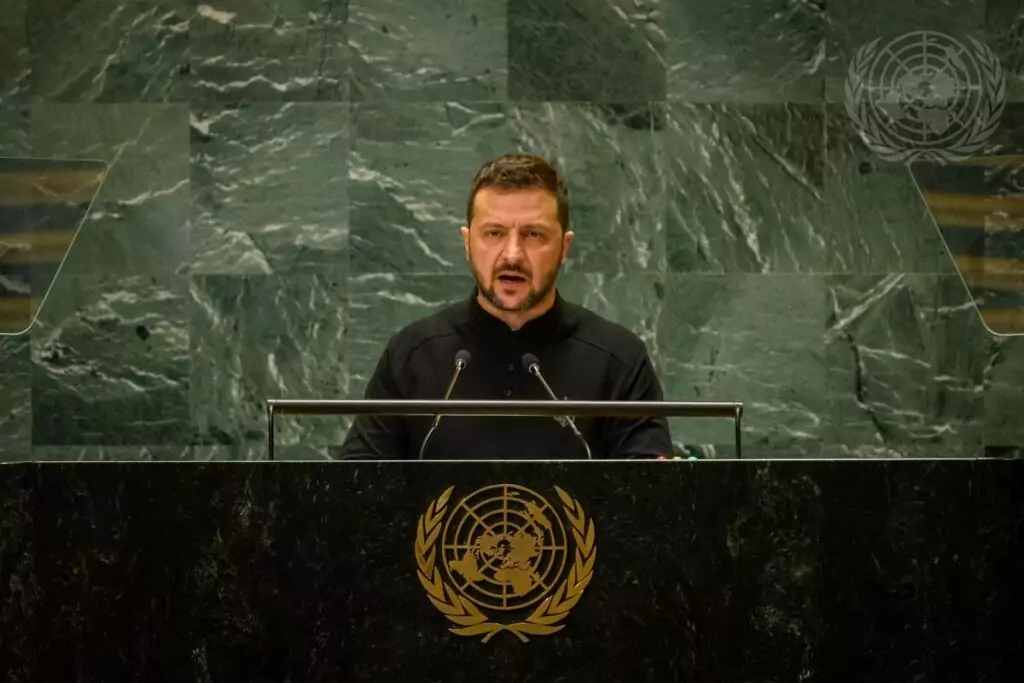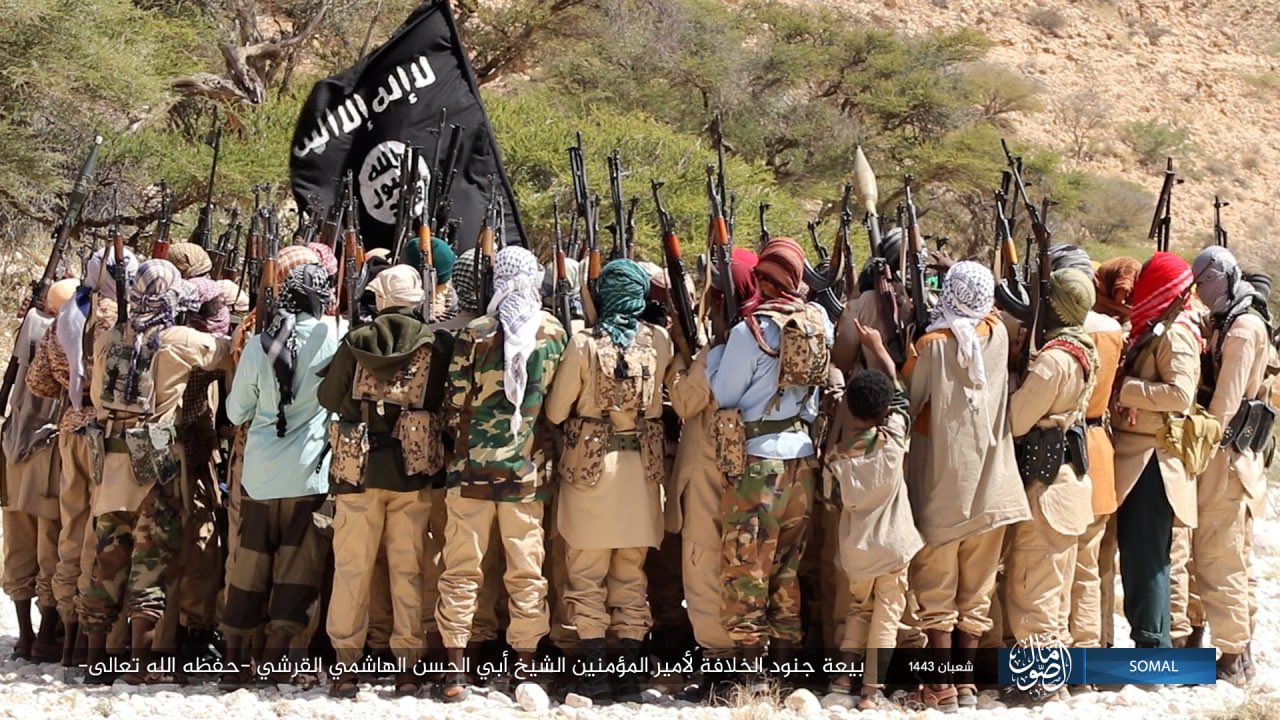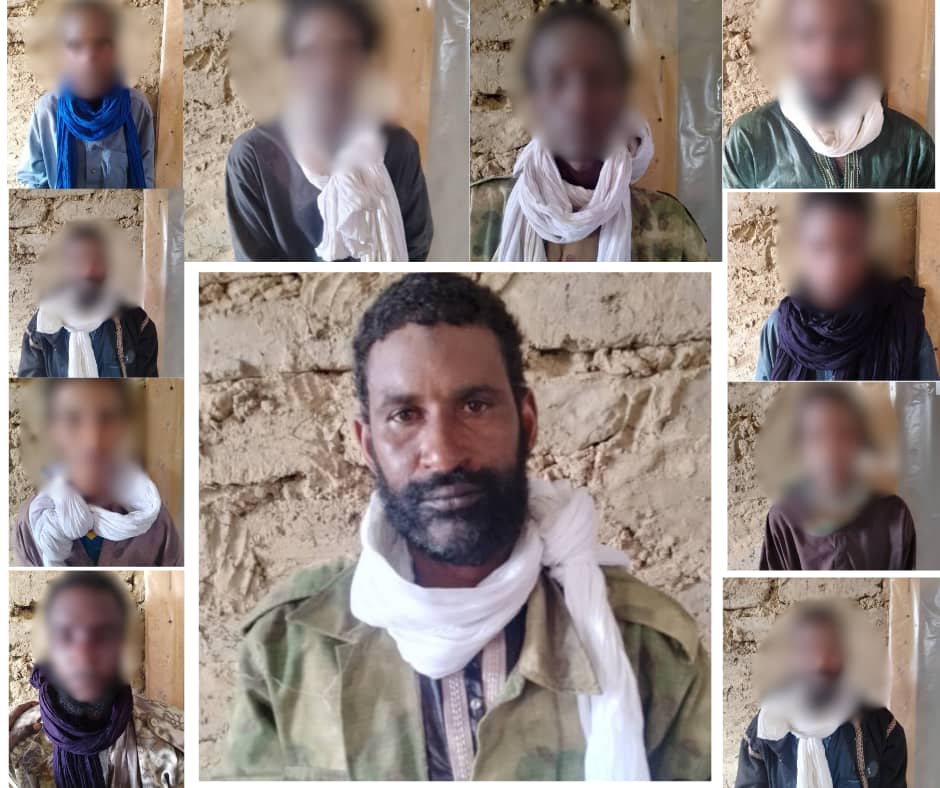Strategy of Somalia’s Islamists Survives Death of Militant Leader
Strategy of Somalia’s Islamists Survives Death of Militant Leader
Anti-terrorism officials in the Horn of Africa are on high alert following the killing of Shaykh Aden Hashi Ayro, the military leader of al-Shabaab, the youth wing of the Islamic Courts Union (ICU) in Somalia, in a May 1 strike by U.S. ship-launched Tomahawk missiles (SomaliNet, May 2; Daily Nation [Nairobi], May 2).
Shaykh Ayro, trained in terrorist and insurgency methods in Afghanistan and believed to have been in his 30s, was killed in a house together with another five insurgents in the small central Somalia town of Dusamareb, 250 miles north of Mogadishu (al-Jazeera, May 2). Those killed included Ayro’s brother, another commander, Muhiyadin Muhammad Umar, and several other insurgents. At least a dozen civilians in neighboring houses were also killed by the missiles. Soon after the attack, Shaykh Muqtar Robow Adumansur, the group’s spokesman, vowed the group would retaliate, setting off an alert in the Horn of Africa: “This does not deter us from continuing our holy war against Allah’s enemy; we will be on the right way, that is why we are targeted” (The Standard [Nairobi], May 2). Thousands of people took to the streets of Dusamareb on May 4 to protest the attack (AFP, May 4).
Anti-terrorism officials fear the insurgents in Somalia—who are alleged by the United States to have close links to Osama bin Laden’s al-Qaeda network—could be planning to stage revenge attacks on American interests, especially in Kenya. In mid-April, two Kenyans and two British nationals were killed when the Islamists carried out overnight attacks in a school in central Somalia (Sunday Nation [Nairobi], May 4).
The United States classifies al-Shabaab as a terrorist organization. Several months before the killing of Shaykh Ayro, its fighters intensified their daily attacks on Somalia’s Transitional Federal Government (TFG), which is backed by Ethiopian army soldiers. These attacks yielded the control of substantial territories in central and southern Somalia.
There is a similarity in al-Shabaab’s tactics of hit and run raids on TFG-held towns with those of Iraq’s militants. The fighters have been attacking soldiers and policemen, and in some instances have set free prisoners in the town they have captured. The fighters have also been planting roadside bombs, hurling grenades and carrying out assassinations at targeted persons.
Al-Shabaab has also advanced on towns, either in the cover of darkness or very early in the morning when government soldiers are still sleepy and captured them briefly to reinstate their earlier leadership or choose a new one.
The following day, the Islamists typically hold a public rally in which they defend their actions while promising better security and services. Rallying around Quranic teaching and stressing that the TFG and Ethiopian forces are infidels serving anti- Muslim masters, the group has been winning support similar to what they had before being disposed by Ethiopian forces in 2006 (Garowe Online, April 27).
With the Islamist insurgents capturing towns, TFG and Ethiopian soldiers have been organizing counter attacks, but al-Shabaab withdraws to safety with its battle wagons and weapons before the forces arrive. The aim is to stretch the TFG forces to the breaking point while avoiding a face to face encounter with the far better equipped Ethiopian army (Geeska Magazine [Hargeisa, Somaliland], April 16).
On April 27, al-Shabaab briefly took over the town of Jowhar for the third time in a single month. The group’s leaders told rallies that the fighters had not come to impose their rule, but were responding to the invitation of the local people. In 2006, the ICU preached a similar message when they ran over town after town across southern and central Somalia. The ICU leaders said they had been invited to the villages, districts and regions and promised to deal with criminals terrorizing the people of the areas. But instead of occupying Jowhar this time, the forces withdrew before the arrival of Ethiopian and TFG forces (Garowe Online, April 27).
Reports say eight towns in districts like Bu’ale, Qansax Dhere and Ufurow Bay and Middle Juba have fallen into the hands of Islamists. These are now under control of the radical young fighters after TFG administrators abandoned their posts before al-Shabaab arrived (Garowe Online, April 28). The Islamists say they are capable of keeping the territories they have captured, but do not want battles that will lead to loss of life. The Ethiopian retaliatory attacks have killed thousands of Somalis and wounded thousands of innocent civilians. “We are capable of holding the areas we capture. But we always want fewer losses…. We want no harm to come to the civilian population … Until people become independent, the fighting will not stop,” Muhammad Ibrahim Suley, a member of the ICU, was quoted as saying (Hiiran.com, March 27).
Al-Shabaab’s aim is to destabilize the Ethiopian forces by worsening the chaos in central and southern Somalia, thus drawing off forces from the capital. It will also increase insecurity to the point that the population will call on the Islamists to save them. But with the killing of Ayro, it is possible al-Shabaab may either stage quick and violent revenge attacks or make a tactical withdrawal to plan their next move.<iframe src=’https://www.jamestown.org/jamestown.org/inner_menu.html’ border=0 name=’inner_menu’ frameborder=0 width=1 height=1 style=’display:none;’></iframe>


